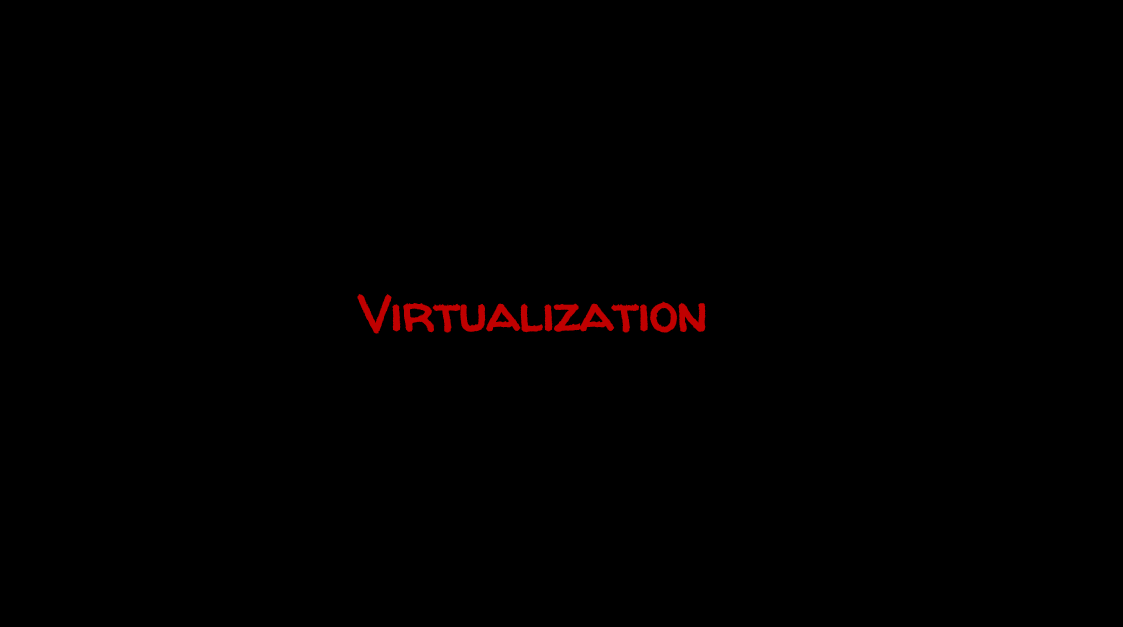Virtualization
Virtualization in computing refers to the creation of a virtual version of a physical resource or technology, such as a server or operating system, using virtualization software. This virtual technology or resource then operates as though it were a physical one, allowing multiple virtual environments to run on a single physical machine, thus maximizing usage and efficiency. Virtualization is often used in cloud computing, enabling users to access virtualized resources over the internet. The benefits of virtualization include cost savings, greater agility, increased scalability, and better security.
 |
| Fig 1: Virtualization |
Benefits of Virtualization
Cost Savings: By using virtualization, multiple virtual
machines can run on a single physical machine, which reduces the need for
multiple physical machines, leading to cost savings on hardware, power, and
maintenance.
High Availability: Virtualization allows for easy backup and
recovery of virtual machines, providing high availability and minimizing
downtime in case of hardware failures.
Scalability: Virtualization is highly scalable, allowing for
the creation and deletion of virtual machines on demand, making it easy to meet
changing business needs.
Disaster Recovery: Virtualization enables businesses to
quickly recover from disasters by easily restoring virtual machines to a previous
state or migrating them to another physical machine.
Improved Security: Virtualization provides a more secure
environment by isolating virtual machines from each other, minimizing the risk
of one virtual machine being affected by malware or other security threats.
Simplified Management: Virtualization simplifies the
management of IT infrastructure as administrators can manage multiple virtual machines
from a single console.
Environmental Benefit: Virtualization helps to reduce carbon
footprint by reducing the number of physical machines that consume power, thus
reducing energy usage and ultimately reducing environmental impact.
Virtualization Technologies
Virtualization technologies refer to the software and
hardware technologies that allow the creation of virtual environments or
virtual versions of computer systems, networks, applications, and storage. Some
of the popular virtualization technologies include:
Hypervisors - software or hardware layer that creates and
manages virtual machines.
Virtual Machines - Containers of virtualized resources that
mimic an actual computer system or network.
Containers - Lightweight, standalone environments that run
on top of the host operating system.
Virtual Desktop Infrastructure (VDI) - Virtualized desktop
environments that provide users with a remote desktop experience.
Application Virtualization - Software that allows
applications to run in isolated environments, separate from the host operating
system.
Storage Virtualization - Software that virtualizes storage
devices and networks to make them more flexible and scalable.








0 Comments